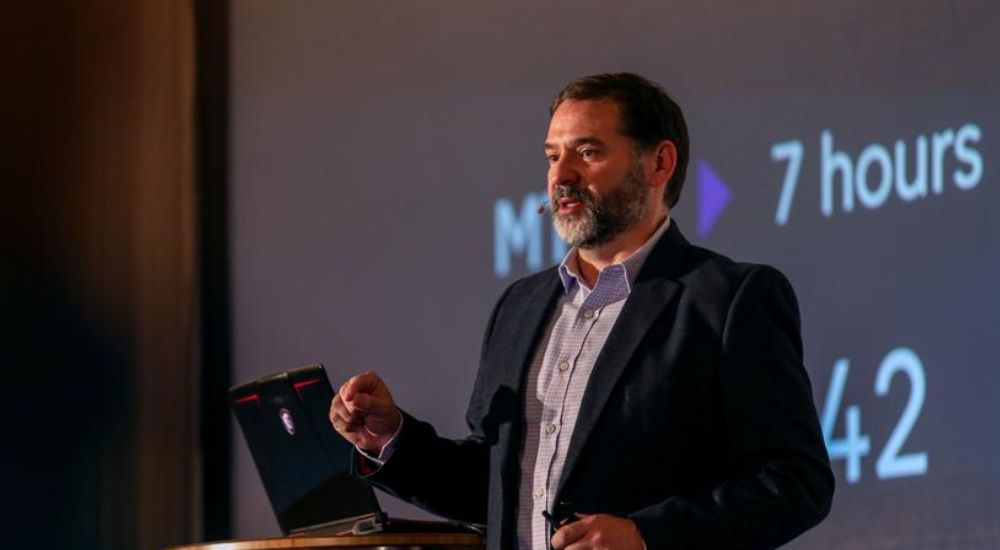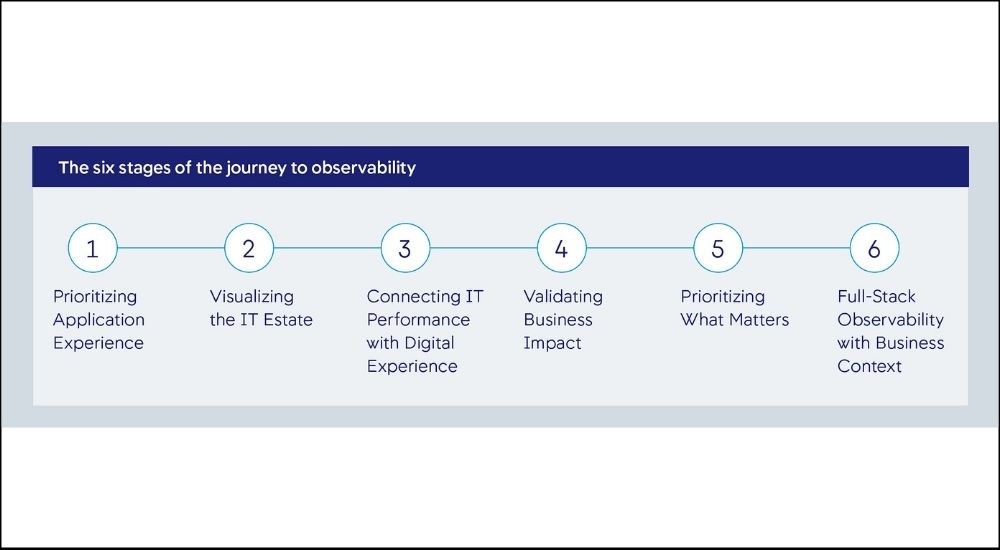Here is why full stack observability is critical for superior levels of digital experience

As regional businesses navigate a sea of economic and commercial challenges on the road to post-COVID recovery, technologists know they cannot afford any slip-ups when it comes to delivering exceptional digital experiences, both for customers and employees. Being able to monitor and optimise IT performance at all times has always been important, now it is mission-critical to the business.
“The pandemic forced a rapid acceleration of digital transformation programs and cloud computing initiatives. This left many technologists struggling to get unified visibility across their IT infrastructure and unable to prioritise actions and investment based on what really matters most to end users,” explains Gregg Ostrowski, Executive CTO, Cisco AppDynamics. “As a result, IT Ops teams are constantly firefighting, having to rely on multiple, siloed monitoring tools to manage an increasingly sprawling and complex IT estate.”
According to Ostrowski, this siloed model prevents technologists from properly identifying the root cause of any problem. In order to overcome this visibility issue, they are urgently looking to build on their current application monitoring tools and techniques to get a unified view on availability and performance up and down the IT stack for compute, storage, network and public internet, from the customer-facing application all the way into the back end.
“This is why full-stack observability has now become a major priority for businesses all over the world,” comments Ostrowski. “Full-stack observability enables IT operations, development, and networking teams to break down the silos and quickly and easily identify anomalies, understand root causes through dependency analysis and resolve issues before they impact customers and employees.”
And when IT teams achieve this level of visibility, they can start to be more strategic in the decisions they make and the value they can add to their organisation. In a Cisco AppDynamics report, Agents of Transformation 2021, 99% of UAE technologists reported that it was important to be able to directly link technical performance to business outcomes.
“Full-stack observability allows IT teams to work from a single source of truth for all availability and performance data. And when performance data is connected to real world business metrics, technologists can assess issues based on their potential impact to the bottom line and prioritise their actions accordingly,” Ostrowski comments.
Journey to full-stack observability
A recent report from Cisco AppDynamics, The Journey to Observability, reveals that 94% of UAE technologists are excited about the potential of full-stack observability and the business benefits it can bring, and 92% believe it could be transformational for their enterprise. Moreover, the study shows that 98% of UAE enterprises have already started their transition to full-stack observability.
But as Gregg Ostrowki warns, this transition is a complex, multi-stage journey that takes time and requires a holistic strategy that encompasses technical, cultural and structural change.
“The choice of technology and implementation partners become critical here,” explains Ostrowski. “Technology partners have a vital role to play in easing the pressure on technologists during this most challenging period and providing them with the support and information they need to build a business case and execute against a strategic implementation programme.”
Although the vast majority of organisations are still at the very earliest stages of their transition, those that did start it, are already reporting a very positive impact, both within the IT department and across the wider organisation, as seen in the AppDynamics report.
“94% of IT teams in the UAE that have started implementing observability technology say they have achieved some progress in getting visibility across their whole IT stack over the last 12 months. Technologists are seeing return on investment straight away. This will be hugely important as they look to build momentum and deploy solutions across their IT environment.” says Ostrowski.
Amongst these benefits, technologists specifically said that they were achieving:
- Reduced IT operational costs due to the possibility to quickly isolate and tackle performance issues anywhere in the IT stack, 55%
- Better ability to prioritise IT innovation or activity based on where the biggest business impacts will be, 52%
- Improved IT productivity and less time spent firefighting, 47%
As Ostrowski reflected, over the past year, talk has finally turned to action and organisations across all sectors have made remarkable progress in building out their monitoring capabilities. They now find themselves with a unique opportunity to have a game-changing impact on their organisations. And, critically, they know exactly what they have to do to make it happen.
“When you get to speak to customers, you see that this is only the start! Technologists, and business leaders, have had a taste of what full-stack observability can deliver, both now and in the future, and they are hungry to build on this momentum in 2022 and beyond,” says Ostrowski.
Drivers of full-stack observability
- IT Ops teams are constantly firefighting, having to rely on multiple, siloed monitoring tools to manage an increasingly sprawling and complex IT estate.
- The siloed model prevents technologists from properly identifying the root cause of any problem.
- In order to overcome this visibility issue, technologists are urgently looking to build on their current application monitoring tools.
- Full-stack observability has now become a major priority for businesses all over the world.
What is full-stack observability
- Full-stack observability enables IT operations, development, and networking teams to break down the silos and identify anomalies.
- When IT teams achieve this level of visibility, they can start to be more strategic in the decisions they make.
- Full-stack observability allows IT teams to work from a single source of truth for all availability and performance data.
- When performance data is connected to real world business metrics, technologists can assess impact to the bottom line.
- The choice of technology and implementation partners become critical here.
- Technology partners have a vital role to play in easing the pressure on technologists during this challenging period.
Benefits of full-stack observability
- 99% of UAE technologists reported, it was important to be able to directly link technical performance to business outcomes.
- 94% of UAE technologists are excited about the potential of full-stack observability and the business benefits it can bring.
- 98% of UAE enterprises have already started their transition to full-stack observability.
- 94% of IT teams in UAE that have started implementing observability technology say they have achieved some progress in getting visibility.






